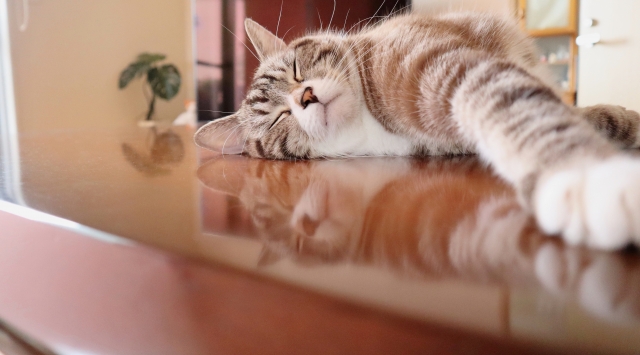The Science Behind Cats and Music
Research suggests that cats have different musical preferences from humans. A study by psychologists at the University of Wisconsin and the University of Maryland found that music specifically composed with frequencies and tempos similar to the sounds cats make in communication (such as purring and meowing) is more appealing to them than human music.
Characteristics of Cat-Friendly Music
1. Higher Pitched Tones: Cats communicate in higher frequencies, which is why music that incorporates higher-pitched tones can be more engaging for them. These sounds mimic the natural communication range of cats and can therefore be more attractive to their ears.
2. Tempos That Mimic Purrs and Suckling Sounds: Music that has a tempo similar to the sound of a cat’s purr or the suckling sound kittens make can have a calming effect on cats. This type of music can help reduce stress levels, especially in anxious or nervous cats.
3. Minimal Loud Noises and Sudden Changes: Cats have sensitive hearing, so music that contains sudden loud noises or dramatic shifts can be startling or stressful. Instead, smooth, flowing melodies are generally more soothing for cats.
Creating a Relaxation Playlist for Your Cat
To create a relaxing environment for your cat, consider the following pieces of music, which have been selected based on their calming properties:
- “Spiegel im Spiegel” by Arvo Pärt – This piece features slow, steady pitches and a calm tempo that can soothe anxious felines.
- “Air on the G String” by Johann Sebastian Bach – The soft string melodies provide a peaceful atmosphere for relaxation.
- Cat-specific compositions by David Teie, such as “Cozmo’s Air” – These compositions are specifically designed based on the scientific research mentioned earlier and are tailored to the auditory senses of cats.
- “Clair de Lune” by Claude Debussy – Its gentle ebb and flow mirror the comforting purr of a cat, making it ideal for relaxation.
- “The Swan” by Camille Saint-Saëns – The slow cello lines mimic the serene pace that can help calm a restless cat.
Tips for Playing Music to Your Cat
- Volume Control: Keep the volume low; cats are more sensitive to sound than humans.
- Observe Your Cat’s Reaction: Start by playing music for short periods and observe how your cat responds. If they seem relaxed or indifferent, it’s likely a positive sign. If they hide or seem agitated, reduce the volume or change the music.
- Consistency: Playing music at a certain time each day can help your cat associate the music with relaxation and comfort.
Conclusion
Music can be a wonderful tool to help relax and calm your cat, enhance their environment, and potentially alleviate anxiety. By understanding what types of sounds appeal to cats and incorporating them into a daily routine, you can create a peaceful and stress-free atmosphere for your feline friend.




